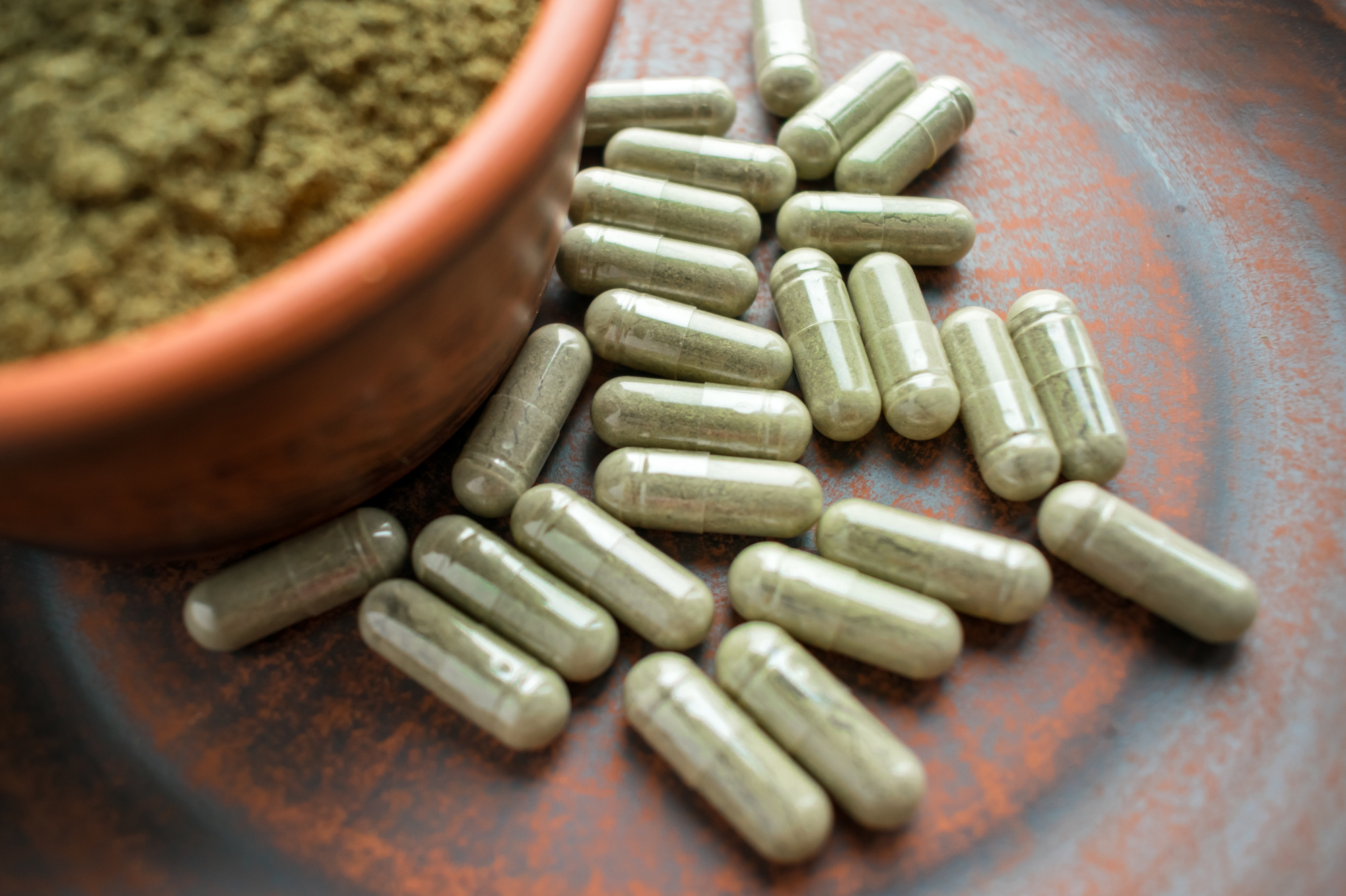What are the Effects of Kratom? (and Why it Matters to You)

As many as 7 in 10 men who live in southern Thailand use kratom on the daily basis. Not to mention, a large number of veterans, athletes, and everyday people champion it as a natural alternative to opioids.
In October of 2017, however, the U.S. Department of Health and Human Services (HHS) sent a letter to the Drug Enforcement Administration (DEA). In that letter, the HHS suggested that the DEA classify kratom as a Schedule I drug, like marijuana.
So why do people use kratom? What does kratom feel like? What are the side effects of kratom?
Read on to learn why everyone is talking about this powerful medicinal plant!
Why Do People Use It?
The plant is native to Southeast Asia, and a lot of Asians in that region brew it in tea, smoke it, or chew on the leaves to boost their productivity during work.
In the U.S., ethnobotanical stores like Kratom Connection sell it in powder and capsule form. These vendors don’t advertise kratom for human consumption, but people often mix the powder with teas or yogurt, or they add it to baked goods.
The reasons why some Americans choose to use kratom include the following:
- Overcoming drug addiction
- Relieving pain
- Improving focus
- Reducing fatigue
- Combatting PTSD, depression, and anxiety
- Lowering blood pressure
- Fighting inflammation
- Enhancing sexual appetite
- Promoting weight loss
- Protecting against illness
About 70 percent of kratom users in a drug treatment program report using the substance as an alternative to opioids.
What Does Kratom Feel Like?
Kratom leaves contain two psychoactive compounds: 7-hydroxymitragynine and mitragynine. These are exclusive to the kratom plant.
Many people who take it claim to experience euphoria and a sense of relaxation. Some also report pain relief, increased sociability, improved energy levels, and tingling.
If you take a small dose of kratom, the effects can kick in within minutes and last for up to an hour and a half. The effects of a larger dose, one greater than 5 g, may last several more hours.
You can expect the substance to have a bitter taste and a smell similar to green tea.
What Are the Side Effects?
Before trying kratom, you should know that it may come with several short-term and long-term side effects, including:
- Itchy skin
- Mouth dryness
- Hallucinations
- Queasiness
- Dehydration
- Seizures
- Increased perspiration
- Tremors
- Vertigo
- Weight loss
- Skin discoloration
- Psychosis
Although many people refer to the herbal drug as an opioid withdrawal aid, the DEA and FDA hold that kratom itself has addictive properties. If you become addicted to kratom, you may experience the following withdrawal symptoms:
- Inability to sleep
- Mood shifts
- A runny nose
- Uncontrollable movements
- Muscle pains
Also, reports link kratom to at least 44 deaths in the United States. It’s important to note, however, that many of those cases involved the use of other substances as well.
Why the Effects of Kratom Matter to You
If its proponents are right, kratom has the potential to help combat the opioid crisis.
While several states have already banned the substance, the federal government has yet to make a final move. But many expect them to do so soon.
Additional research could help determine what benefits it may offer. However, if kratom becomes Schedule I, conducting research on it would prove to be much more difficult.
Now that you know the effects of kratom, want to learn about another controversial plant-based alternative to prescription meds? If so, be sure to check out our article on the benefits of CBD oil!



